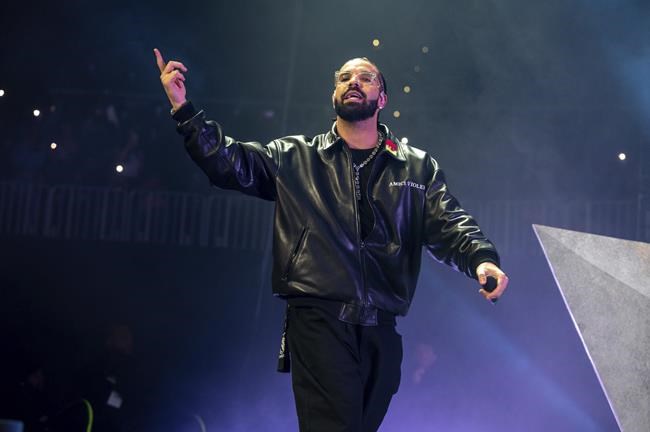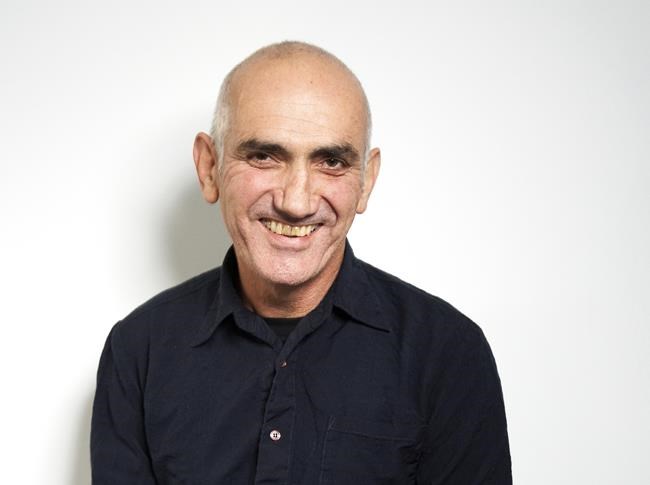Survey finds half of Aussie musicians earned less than $6,000 in a year

- by Admin
- April 2, 2024
Folk musician Kimberley Wheeler has been performing for nearly 30 years, during which time she has held various roles within the industry.
“I’m a singer-songwriter. I also play upright bass for myself and others. I have a studio and often help people record things or produce their materials,” she said.
But to make ends meet, she’s had to rely on working other jobs, like offering IT services to clients.
“When I talk to my accountant, he looks at one side of my business. And he then looks at the other side of my business, and he just thinks that I’m stark raving bonkers for pursuing music,” she said.
Data from the Media, Entertainment and Arts Alliance (MEAA) has found half of Australian musicians earned less than $6,000 last financial year in that industry, which is 15 per cent of the national minimum wage.
The union survey of 550 musicians found fewer can make a full-time living from their creative profession now compared to four years ago before the pandemic struck.
“My streaming royalties from last year were about $7,” Ms Wheeler, who is also a MEAA board member, said.
“I make, obviously, a lot more than that from selling one CD. So that used to be the case, that you could make part of your living from that and it would subsidise the fact that what we were earning at live shows wasn’t really up to spec.”
Ms Wheeler said her income from live performing was very unreliable, playing around a quarter of her gigs for free, and earning a few hundred dollars for other shows.
“Live music is a really hard space to make money out of. It costs you to go out and do a show,” she said.
“And then also, there’s a huge time investment in the rehearsal and also the lead up to it, the social media burden that we carry to try and promote a show.”
MEAA campaigns director Paul Davies believes musicians have become “the face” of Australia’s insecure work crisis.
“We’ve got a problem that musicians have not been able to sustain careers in a market that is increasingly making them bear all the risk,” he said.
In most states and territories, a minimum fee of $250 is in place for artists at taxpayer-funded gigs.
The MEAA is calling for that minimum fee to be applied across the whole industry.
“State governments around the country have recognised the minimum. So whenever there’s a gig, and it has public money, that minimum fee has to apply,” Mr Davies said.
“That’s been successful, we want to see that rolled out to the industry at large.”
Music industry experts say the issues aren’t just affecting musicians but smaller venues too, which makes negotiating fees for live performances difficult.
“You’ve got this really unfortunate situation where you’ve got musicians who aren’t being paid properly, but then also venue owners who are hardly themselves turning over a profit if they are at all,” RMIT’s Catherine Strong said.
Money going to ‘very small number’
Australian musicians are also losing out in the wake of major festival cancellations.
Splendour in the Grass announced last week it would be taking this year off and regional festival Groovin’ the Moo has also cancelled its shows this year citing poor ticket sales.
Dr Strong, who studies working conditions in the music industry, said festivals were dealing with a different set of circumstances to those affecting grassroots musicians.
“All of the things that go into putting on a festival are a bit fragile at the moment, whether it is sort of the locations where they’re being held … or the fact that people [are] coming from overseas … all of those things are more expensive than normal,” she said.
Dr Strong said medium to large-size tours are not at as much risk at the moment and part of the solution for the industry could lie in redistributing profit that comes from successful stadium shows into other segments of the music industry.
“The majority of the money in music goes to a very small number of people,” she said.
“And finding a way in which we can sort of like start to redistribute that revenue … is something that we need to be looking at to make creativity in Australia a sustainable thing.”
She said everyday Australians also need to reconsider how much they might be willing to pay for smaller gigs, after showing their willingness to pay for expensive concerts.
“People will still often baulk if they have to pay more than sort of $15 or $20 to go to a gig at their local, small venue,” Dr Strong said.
“And I think what this MEAA report shows us is that those sorts of prices don’t help musicians sustain their art.
“So having a broader conversation with the general public about what a musician is worth, and what it is worth to go and see live music is one of the things that could be happening.”
The federal government is also looking into the issues facing the music industry and Dr Strong said it was a welcome sign.
“The music industry has been incredibly unregulated. And while that has led to amazing creativity in a number of different ways, it has also meant the exploitation has been rife across the music industry.”
Last week, a Senate inquiry was launched into the challenges and opportunities facing the Australian live music industry.
Submissions to the committee close at the end of this month.
The Latest News
-
November 26, 2024A time for healing: How Phillip Hughes’ family came back to cricket
-
November 26, 2024Indian apparel exporters expecting more business from Australia | Trade Data News Bangladesh
-
November 26, 2024News You May Have Missed: December 2024 – Australian Golf Digest
-
November 26, 2024The numbers leading up to Australia’s Perth capitulation
-
November 26, 2024‘Enshittification’: Australian Dictionary’s Word Of The Year, What It Means




